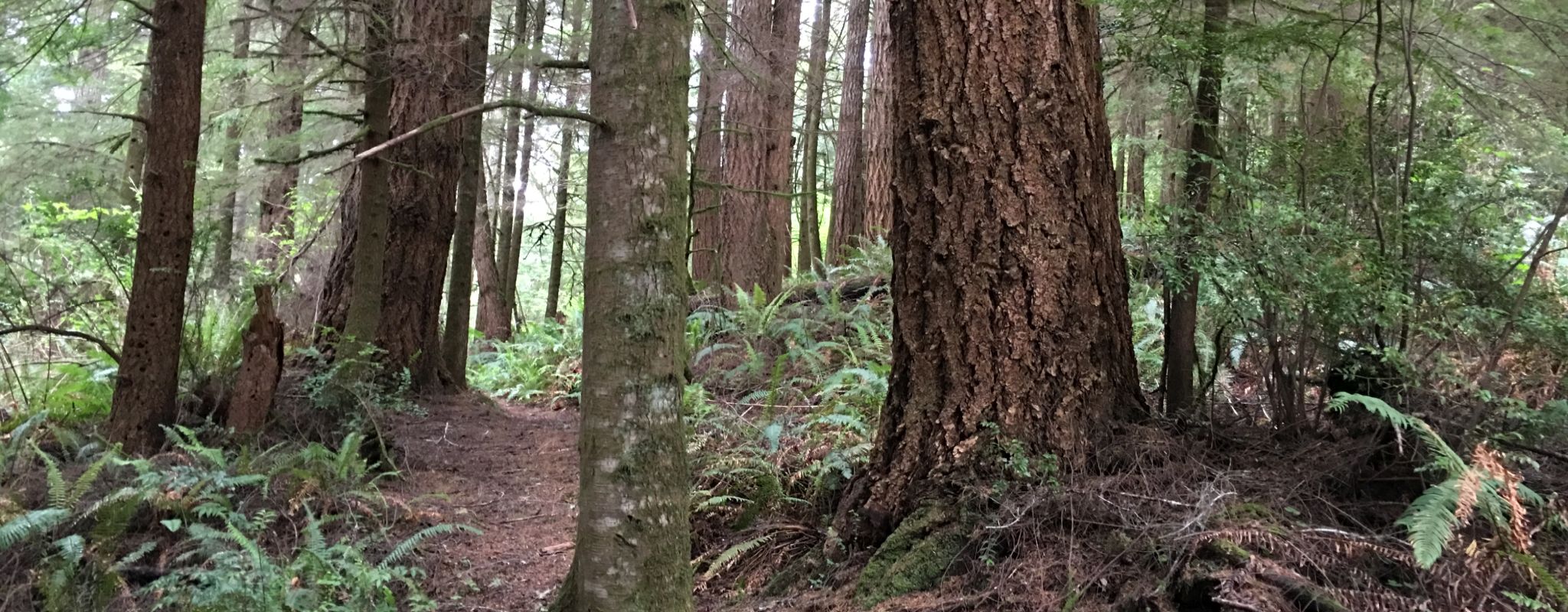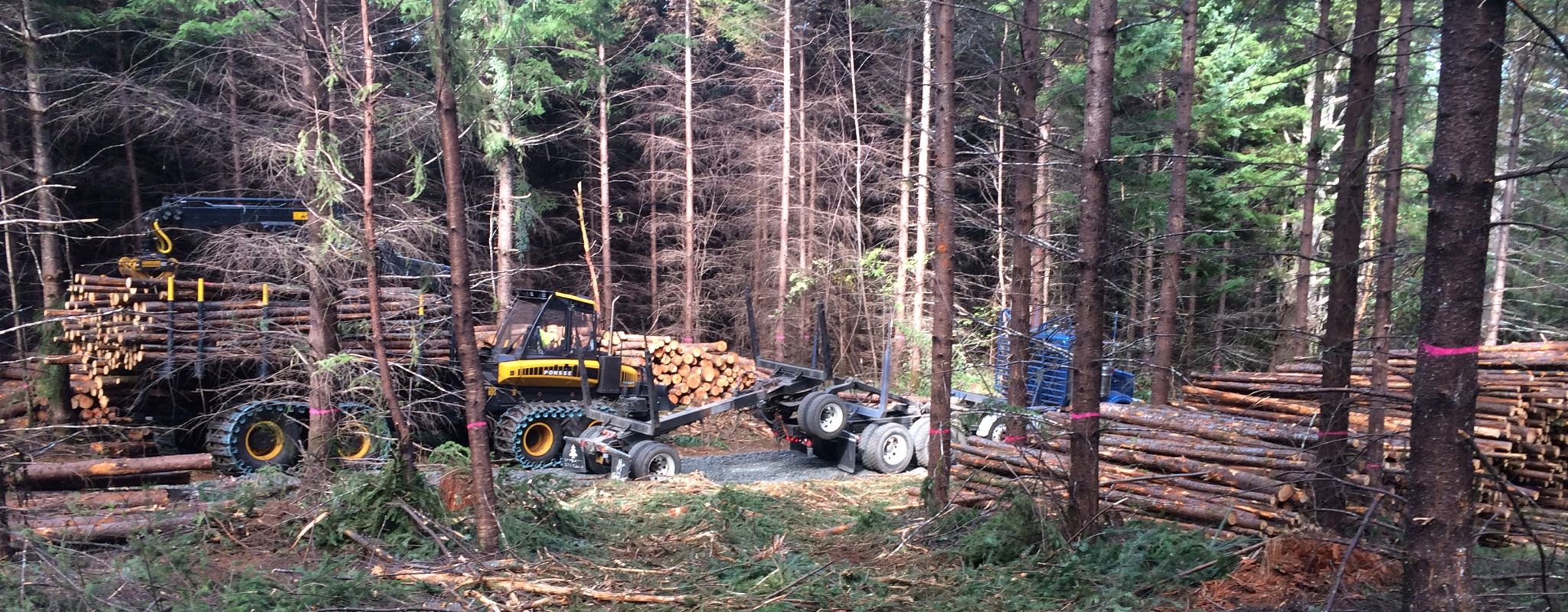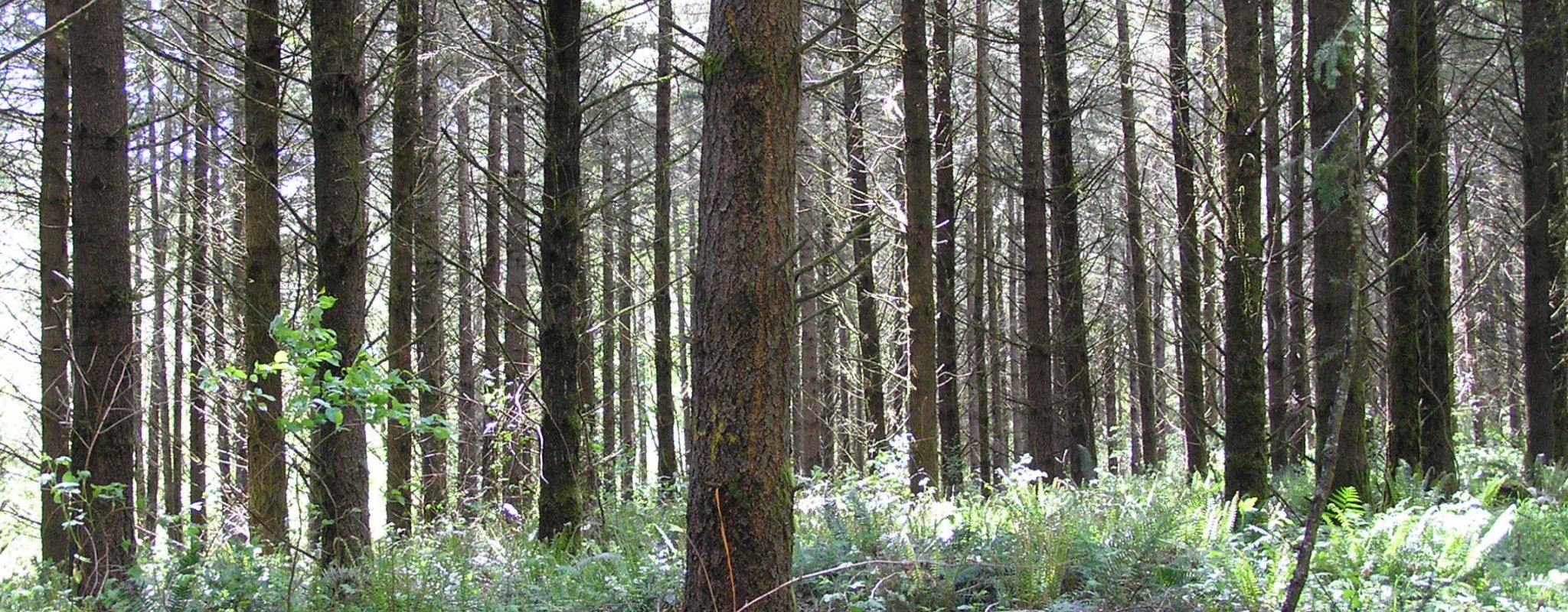Researchers: Dr. Temesgen Hailemariam, Catherine Carlisle, Stephen Fitzgerald
Study Objective: The primary objective of this project is to estimate current quantities of carbon sequestered and stored within the McDonald-Dunn Forest. A secondary objective is to examine the effects of different silvicultural treatment options on long-term carbon sequestration and storage capabilities. This information will be important for land managers in balancing timber harvesting and other objectives with forest carbon goals.
Summary: Because of increasing concern about climate change induced by atmospheric accumulation of greenhouse gases, the quantification of carbon stored within ecosystems has risen high on global scientific agendas. Forests provide natural mitigation strategies, which drive the uptake of atmospheric carbon dioxide through photosynthesis. In the United States, forest land offsets 11% of nationwide greenhouse gas emissions through net sequestration of carbon within woody biomass (Smith et al., 2019).
Carbon stocks within individual trees can be conceptually divided into two main pools: aboveground biomass and belowground biomass. Of these two, aboveground biomass stores a significantly larger proportion of carbon than belowground (Xiao et al., 2003). Thus, significant effort has been devoted to developing accurate aboveground biomass estimation methods in recent years. These efforts are further motivated by the fact that management decisions aimed at optimizing net sequestration can manipulate carbon stocks of aboveground biomass.
Oregon’s forests’ carbon storage and sequestration potential, especially here in the Coast Range, have accentuated the need for accurate estimation of current carbon stocks. Forest inventory data and sets of carbon conversion factors allow for plot-level calculation of carbon storage, which can be aggregated for landscape-scale estimation.
Forest carbon estimates are necessary for regional accounting and analyses. Quantification of carbon stock on specified tracts will help forest managers to develop and implement plans to enhance carbon sequestration capacity.
Publications:
- Modeling Above-Ground Carbon Dynamics under Different Silvicultural Treatments on the McDonald–Dunn Research Forest: Full Publication | Research Summary (pdf)
Other Resources:
- Forest modeling shows which harvest rotations lead to maximum carbon sequestration, OSU press release, November 21, 2023


